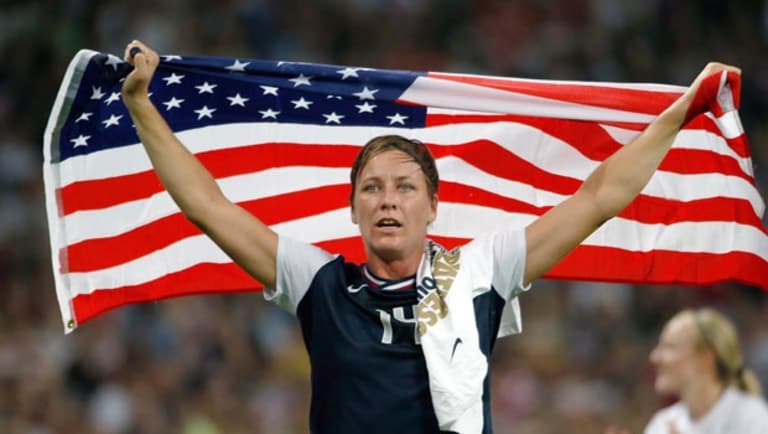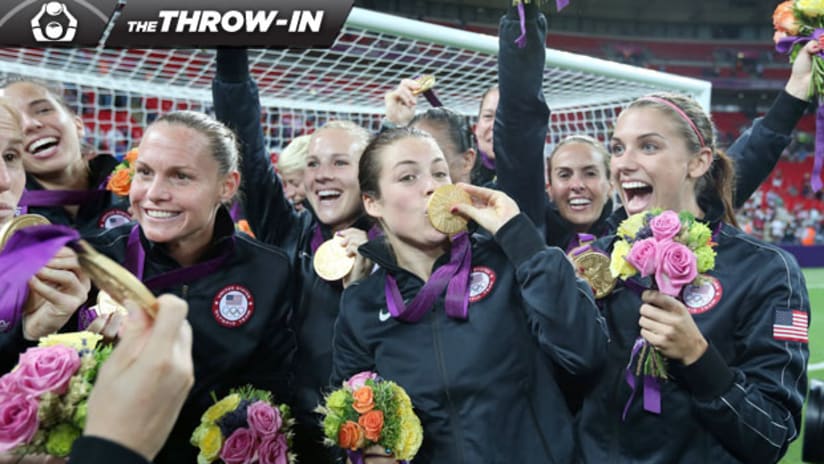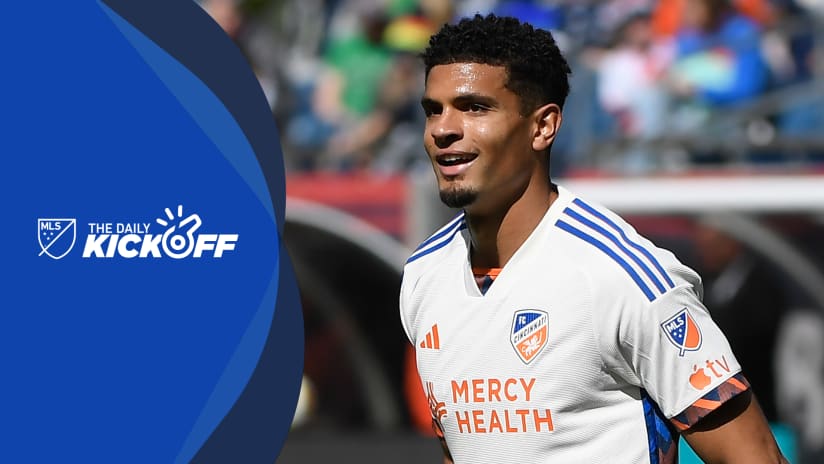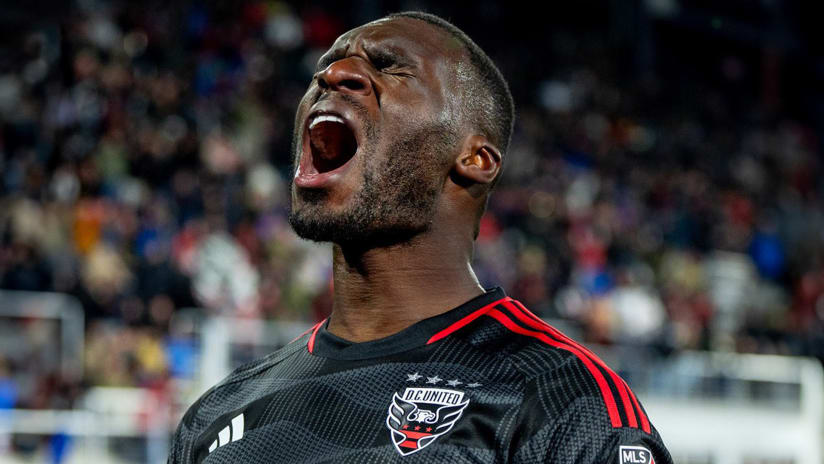Well done, ladies. Your victory lap is complete, and you’ve got an impressive fourth gold medal in five Olympic tournaments.
Enjoy a glass of bubbly on the flight home. Because there’s another challenge waiting for you at home: What exactly are you coming home to?
Will you spend some time with your loved ones before returning to club teams in Germany and Scandinavia?
Will you take a flier on the just announced, yet-to-be-named new American professional league, which is hoping the third time is the charm on these shores?
Or will you do what seven of your teammates did this past spring in the vacuum of a pro league, and suit up for a “pro-am” club in the all-too-brief two-month season of the USL’s W-League?

That’s the big, burning question, as it’s been several times before after one of these big international triumphs for the US women’s national team. And the answer is hardly ever clear, especially after the failures of the WUSA and WPS, and in the face of a once again uncertain economy.
But these amazing women need a place to play, and even US Soccer Federation president Sunil Gulati believes it needs to be a priority to keep them playing at home instead of abroad.
So on whose shoulders does that responsibility fall? That’s the toughest part. It took years and multiple failures just to get a lasting men’s professional league to survive here. It’s far trickier to do the same with the women’s game, as the investors behind the WUSA and WPS learned. Here’s hoping this new league finds some success.
READ: US women find redemption, top Japan for Olympic gold
In the meantime, Major League Soccer is quietly playing its own role – even if it is a small one. Four teams in the W-League bear the names and brands of MLS clubs, suggesting a connection and investment in the women’s game.
That doesn’t mean MLS is directly involved. It’s not – at least not at the league level. Each of the four clubs has a unique arrangement with its MLS affiliate, and each has a level of cooperation that is vastly different.
One is a direct connection. Vancouver Whitecaps FC own and operate their women’s team, which has been a direct feeder to the Canadian national team. (Two players from their bronze medal-winning squad in London are current ‘Caps.)
One has a connection in name only. Seattle Sounders Women were once part of the Sounders organization, but went their separate ways once the men’s team made the jump to MLS. They still carry the brand name and wear the Rave Green.
And the other two fall somewhere in between. Colorado Rapids Women and D.C. United Women both have their roots in previously existing women’s teams, but partnered with their local MLS clubs to maximize their brands, share resources like facilities and marketing, and run joint youth programs in their markets.
No one solution is a perfect panacea to linking MLS teams up with women’s clubs, but that local connection is something powerful, says USL president Tim Holt.
“It lends higher level of credibility to the teams,” the former USSF board member tells MLSsoccer.com. “It’s a message that the highest level of men’s and women’s soccer are aligned here in the United States and Canada, and that’s a positive message.”
That message could get even stronger in the next 12 months. According to Holt, the USL has been in active discussions with additional MLS teams, and some are strongly considering throwing their hats in the ring in affiliating with W-League teams.
Is this the perfect solution? No, but “perfect” may be the wrong litmus test. Professional leagues have blown through their funding and have suffered the cold, hard reality of a women’s league in a crowded sports landscape. But in the meantime, the smaller-scale, smaller-budget clubs of the W-League have carried on.

“We’re in our 17th year as a franchise, but we’re on a stringent budget, which W-League teams need to stay on,” says Amy Snider of Rapids Women, the club she helped co-found as Colorado Force FC in 1996 and took on the Rapids brand in March.
“What appeals to the Rapids – and MLS in general – in these partnerships is the fact that [W-League teams] have been operating franchises for a long time in an existing league with financial stability,” the Rapids Women managing partner adds.
If you think you’re hearing a “slow but steady growth” theme in there, you’re not crazy. The strategy put in place by the W-League franchises is awfully similar to what we keep hearing from the executive suites at MLS.
But while the modest financial model may be more viable than that of the defunct pro leagues, the near-term goals are modest, too – and a little too slow-moving for many involved in the game. For one, the W-League’s two-month season is too short to offer a meaningful campaign for would-be professional players. And the pay scale, such as it is, is still at an amateur level.
“We all want more for the women’s game,” says Snider. “I want another pro league, but I want to continue to take care of growing opportunities for players here at home. I know it’s not ideal for them. We’re always trying to give them more. What’s most important is that they’re playing. That’s what we can do.”
In the short-term, that seems to be what MLS can do for the women’s game, too. It may not be a final answer. But much like it was for the US Olympians, there is a shimmery golden prize at the end of the road.
Jonah Freedman is the managing editor of MLSsoccer.com. “The Throw-In” appears every Thursday.














